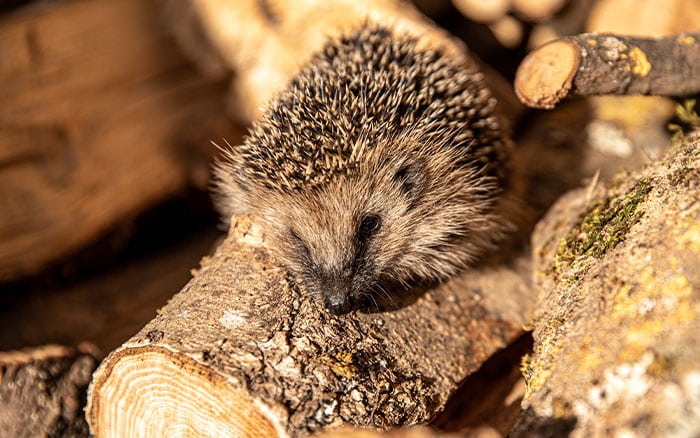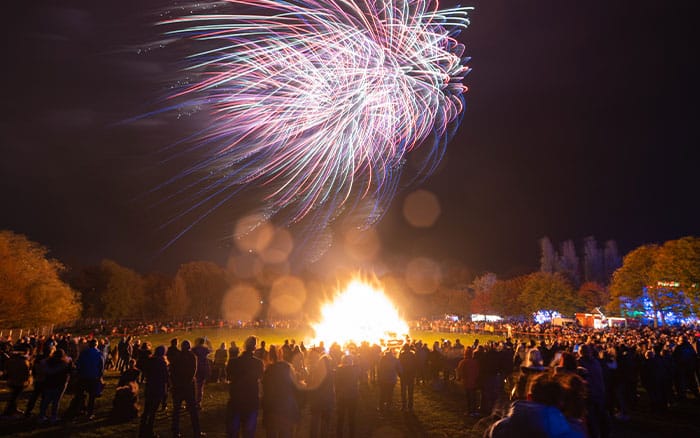How to prepare for bonfire night
Many families and communities will be busy building bonfires ahead of November 5th celebrations. Here are a few tips on how to have a more sustainable bonfire night evening that also considers and protects the wildlife around us.
Look out for hibernating mammals and amphibians
Hedgehogs are not the only wildlife that like to snuggle up amongst warm wood piles!
Frogs, newts and toads also like this type of habitat. And they can happily be easily diverted away from the bonfire by making several small piles of logs and leaves. Make these near to, but not too close to, the bonfire pile.

Make the bonfire on the day of the event
Ideally, make the bonfire on the day of the event. If you’ve already built yours, consider rallying the troops to move it on the day it’s going to be lit. Move it to an area of ground that doesn’t have any leaf litter or other debris around it.
This will hopefully give wildlife that have temporarily taken up residence in the pile the chance to move out.
Don't be too tidy!
When making the bonfire try not to take all the dead wood and old leaves from your site. Leaving piles around the site will provide winter hibernation and protection from bad weather for many different types of beneficial wildlife.
Check and check again...
Before the bonfire is lit, check with torches that no hedgehogs and/or other wildlife have taken up residence in there. Do this several times.
If you should find any hibernating wildlife, gently pick them up (wearing gloves). Then, relocate them to a nearby sheltered tree or shrub, ideally placing them amongst dry leaves.

Fireworks
Light fireworks away from trees and hedgerows to minimise disturbing and/or frightening sheltering animals and birds in nest boxes.
Pin Catherine wheels to stakes in the ground or fence posts in open areas rather than on trees.
Avoid lighting and setting off paper lanterns. Contrary to what some people think, they are not safe alternatives to fireworks. It’s rarely possible to track their progress and remove them when they eventually fall to the ground. This leaves material which has been found to trap and/or harm animals.
Clear away dead fireworks and empty cans the same evening as the display finishes. This will avoid the possibility of small mammals becoming trapped inside empty cans and bottles.
Buy eco-friendly fireworks using nitrogen-based fuel which still produces the traditional bang without the extensive air pollution. Other fuels release toxins, metal particles and harmful chemicals.
Have a safe for wildlife, fun for all, and communal festivity!

Send us your pics!
We’d love to see pics of your bonfire night celebrations!
Drop us an email at [email protected] with your bonfire night pictures! Or leave a comment below about how you've enjoyed this event in your community.

